Cat Giving Birth for the First Time: Everything You Should Know
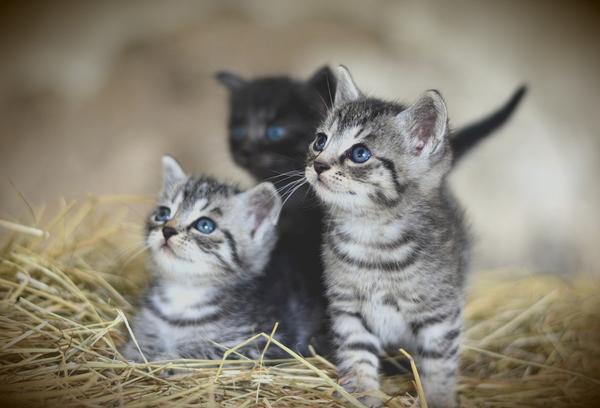
Ever felt the anxiety of responsibility, unsure if you'll handle it all?
You're not alone.
Picture this:
A cat giving birth for the first time, you desperately hoping everything goes smoothly, fearing the worst-case scenarios.
The safety and success of those tiny lives solely depend on you.
But don't worry, my friend.
Let's take a deep breath together and embark on this journey.🌟
Shall we begin?
Symptoms of a Cat Giving Birth for the First Time
To spot the signs of your cat giving birth for the first time, pay attention to these 10 clues:
- She'll start nesting and hunting for secret spots.
- You'll see her frequently licking her lady parts.
- Keep an eye out for any discharge from her vagina, but it shouldn't have a funky or green smell.
- Her body temperature might drop a bit right before the action starts.
- The contractions will come and go with periods of relaxation in between.
- You'll witness amniotic fluid oozing from down there.
- Just before labor, her body temperature may slightly decrease again.
- Expect some changes in her appetite as the delivery day gets closer.
- Restlessness will kick in, making her pace around more.
- Physically, watch for those mammary glands getting bigger.
Don't underestimate the changes her behavior can undergo during pregnancy.
She might turn into an explorer, constantly searching for hiding places.
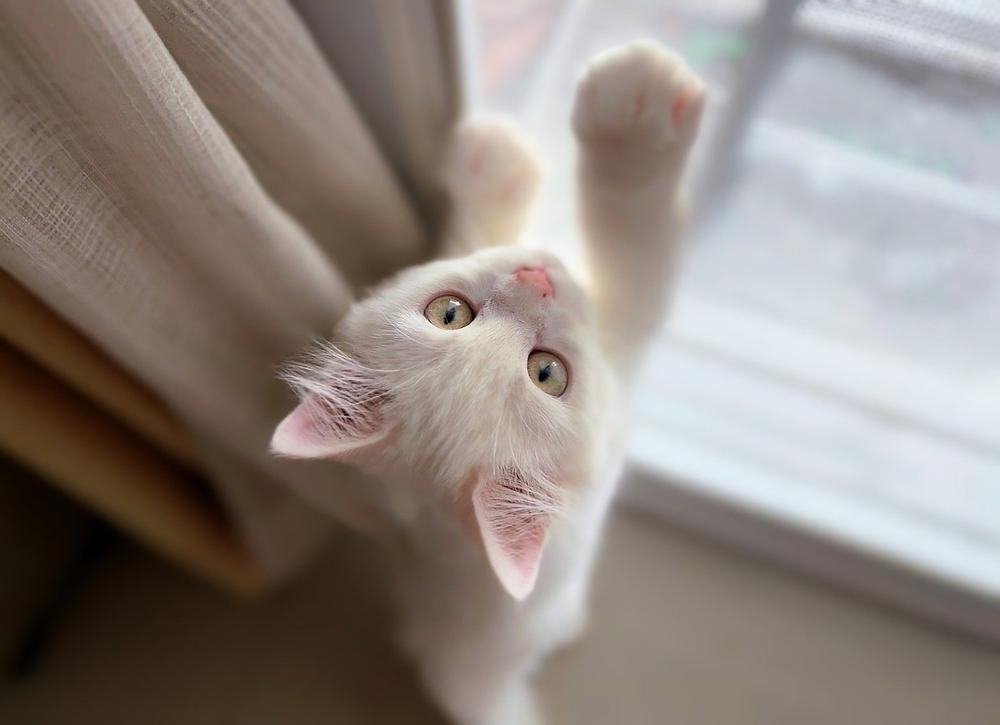
And don't be surprised if she's less interested in food.
When the due date creeps up, you'll notice her nipples leaking colostrum.
The fur surrounding them might also become thinner.
Cat pregnancies usually run from 58 to 70 days. When the moment arrives, powerful contractions and straining will give you a clear signal that it's baby delivery time.
Main points I'll expand upon further down this article:
- The first labor for a cat can last up to 36 hours.
- The size of the first litter can vary depending on factors such as genetics, breed, age, health, and nutrition.
- Newborn kittens should stay with their mother for at least 12 weeks.
- Weaning should begin around 4-6 weeks of age.
- Cats can become pregnant as young as four months old.
- Cats give birth in various places, so prepare a suitable box.
- Labor can be divided into three stages: restlessness, visible contractions, and passing of the placenta.
- Support the cat by providing a calm environment and gathering necessary supplies.
- Monitor for complications during birth, and contact a vet if necessary.
- Allow the mother cat to care for her offspring, but assist if needed.
Cats First Litter: What to Expect?
The first litter size can vary
When it comes to a cat's first litter, the number of kittens can differ based on factors such as genetics, breed, age, health, and nutrition. Some cats may have only one or two kittens, while others could have five or six.
It's impossible to predict exactly how many little ones will arrive.
But surprises are always exciting, aren't they?
Labor can last up to 36 hours
Now, here's something important for you to know: labor for a cat's first litter can take up to 36 hours!
Yes, that's right, your beloved feline friend might be going through quite a marathon.
During this time, each birth is separated by intervals of 20 minutes to an hour, allowing mama cat to catch her breath.
She might even take some breaks between contractions, just like humans do during a long workout.
So make sure you offer your support and shower mama cat with lots of love and care.
The first weeks are crucial
Once those adorable furballs make their entrance, you ought to understand that they need their momma.
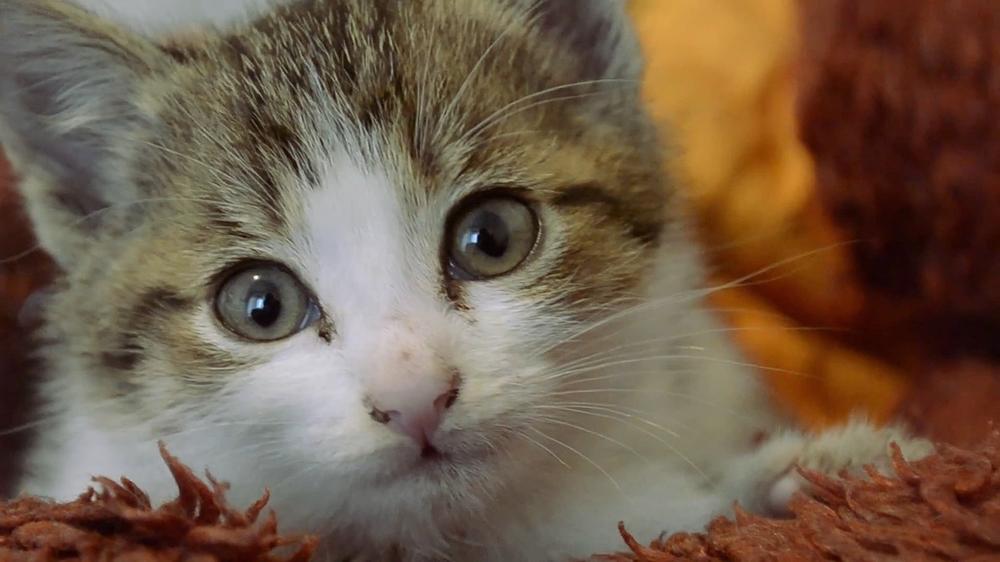
This is when some serious bonding time happens.
Newborn kittens should ideally stay with their mother for at least 12 weeks before finding new homes. This extended period helps them develop strong social skills and gain wisdom from their wise mama.
As they grow older, around 4-6 weeks of age, the weaning process begins, which means they start transitioning from their mother's milk to solid food. These are definitely some exciting times.
Oh, and here's an interesting fact: cats can actually become pregnant as young as four months old!
Keep an eye out for those adventurous felines in your neighborhood.
Now, you might be wondering where exactly cats choose to give birth and what preparations you should make.
Let me reveal the surprising places cats opt for and how you can create a comfortable birthing space for your furry friend.
Plus, I'll guide you through the three stages of labor that every cat experiences.
Stay tuned!
Basics of How Cats Give Birth
Cats give birth in different places, like a haystack, box, or cabinet. You need to set up a suitable box for the cat to give birth in. During labor, cats have intermittent contractions with breaks for relaxation before delivery.
Each kitten has its own placenta, but sometimes twins share one.
Labor can be divided into three stages:
Stage one is when the cat becomes restless and paces around; stage two involves visible abdominal contractions and active birth of kittens; and stage three is the passing of the placenta.
Supporting Your Cat During Birth
Creating a calm and comfortable environment for your cat during birth is crucial.
Here's what you need to know when supporting your cat during birth:
- Choose a dark and quiet location for the birth, as queen cats prefer privacy.
- Have emergency supplies ready, such as clean blankets, towels, warm water, and disposable gloves.
- Keep the contact details of a veterinarian on hand in case of any complications.
- It's normal for mother cats to lick off the fetal membrane and consume the placenta. However, all placentas must be delivered to prevent infections.
- Monitor for any complications during birth. If the mother rests for more than four hours, it's advised to contact a vet.
- Provide nourishment, hydration, and a warm environment for both the mother cat and kittens.
- Proper nutrition and deworming before and after birth are vital.
- Keep the mother cat and kittens in a quiet space to prevent rejection.
- Seek veterinary assistance if labor is overdue or if any complications arise.
- Allow the mother cat to lick off the fetal membrane and placenta immediately after birth to prevent interference with bonding.
- Only move the mother cat if necessary, and keep at least one kitten with her while maintaining warmth.
- Check the umbilical cords of newborn kittens and feed them within the first hour of birth.
Gentle handling can help socialize the kittens while giving breaks to the mother cat. 😺
I highly recommend checking out my guide on whether a cat can live without whiskers.
I know that as you support your cat during birth, you may have concerns and questions about their well-being.
In my comprehensive article, I delve into this intriguing topic and provide you with all the information you need.
So, when you're ready to learn more about cats and their vital sensory tools, don't hesitate to explore my detailed resource on cats without whiskers.
How to Help Your Cat Give Birth
To ensure your cat has a smooth birthing process, here are 13 helpful steps for you:
- Let the mother cat lick off the stuff around the babies and eat the placenta.
- This helps her bond with them and makes milk.
- New moms might need help giving birth.
- So if needed, tear the sac around the baby and cut the cord.
- Talk to a vet about how to remove the cords correctly.
- Only jump in if things get complicated, and ask your vet for advice.
- Have emergency stuff like a bulb syringe ready just in case.
- If you're not sure how to use it, ask the vet to show you.
- Normally, the delivery takes around 2 to 5 hours.
- But sometimes it can take up to 24 hours.
- Call your vet if you see any problems or if you're worried.
- Get ready to lend a hand by breaking the sack and cleaning the kittens.
- You might also have to tie and cut the cords.
Always put your cat and her kittens' safety and well-being first during this time.
But what if your cat is a selectively bred or flat-faced breed like a Persian?
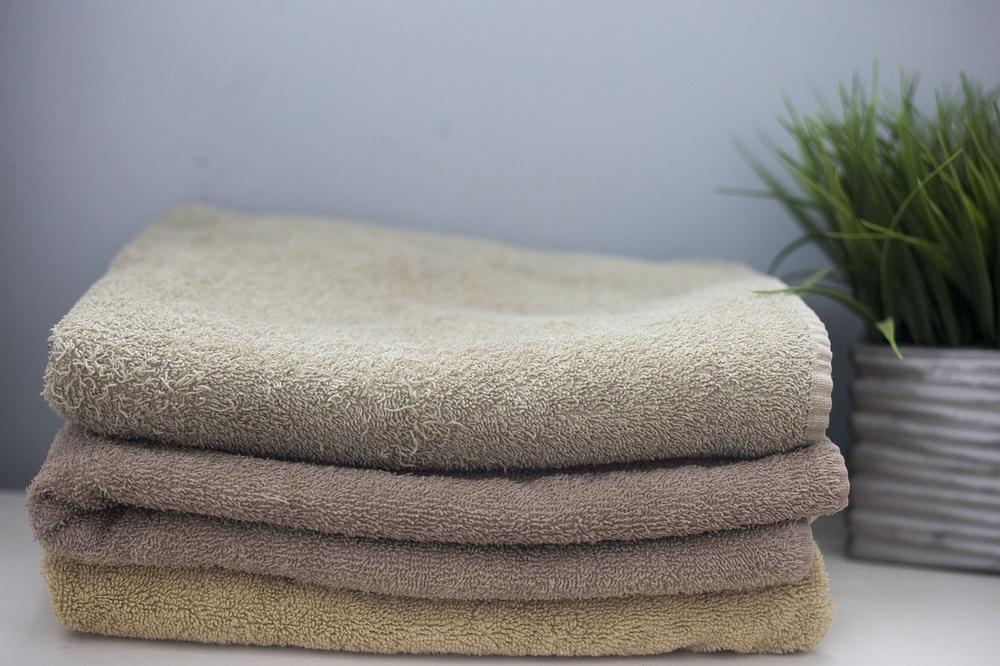
Are there additional risks and complications to be aware of during the birthing process?
You may be surprised by what you learn in this next section.
Let me share some crucial information with you...
Dystocia (Problems Giving Birth)
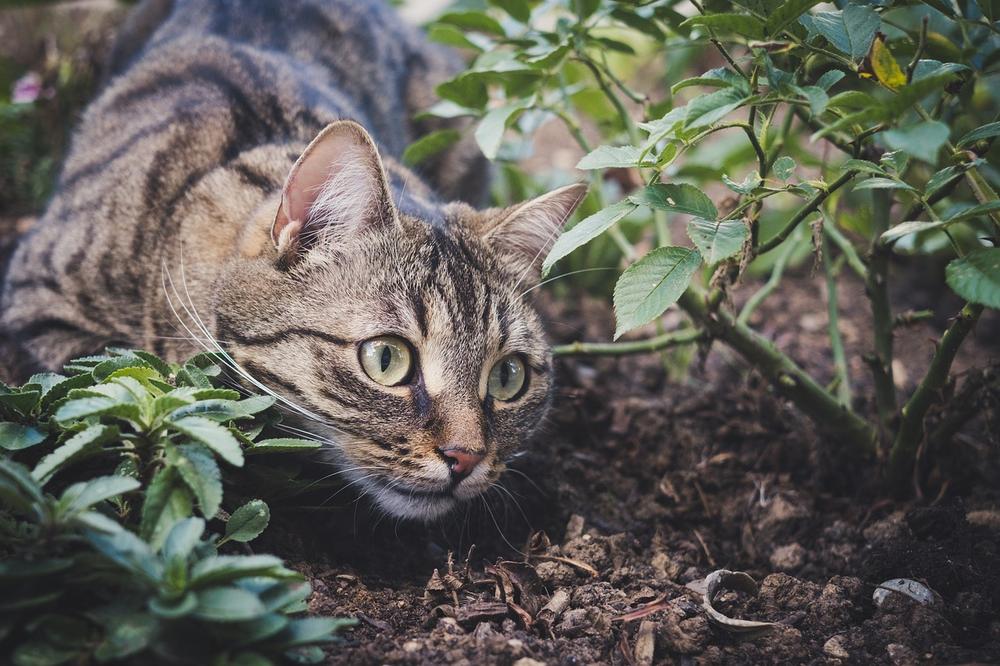
Keep these 10 important tips in mind to ensure your cat has a safe birth:
- Watch out for selective breeding and flat-faced breeds like Persians - they can cause complications.
- Keep a close eye on your cat while she is in labor.
- Pay attention to any signs of distress or unproductive labor that may arise.
- Stay alert for extended labor or exhaustion.
- Be on the lookout for green discharge from the vulva or excessive bleeding.
- If you notice any of these signs, contact your veterinarian right away.
- If there is a blockage or a kitten gets stuck, seek veterinary assistance immediately.
- Take steps to prevent serious issues that could harm the mother and kittens.
- Dystocia, which is difficult labor, can be caused by various factors such as low calcium or blood sugar levels, physical obstructions, or prolonged labor.
- It's a good idea to consider spaying your cat before she gives birth, but it's still an option even after one or more litters.
Time is crucial during labor, so don't hesitate to reach out to your vet if you notice any distress signals. 🐱
And that wraps up today's article.
You've reached the end of my blog post, so let me ask you... Did you enjoy it? I put in a lot of effort to make my blog posts as detailed and helpful as possible. It takes up a good amount of my time (which I actually enjoy), so it would mean a lot to me if you could click on any of the social sharing icons to share this blog post with others. Thank you so much!
Talk soon,
-Sarah Davis